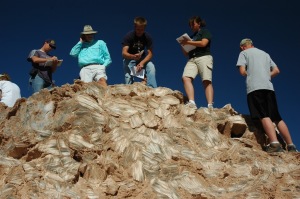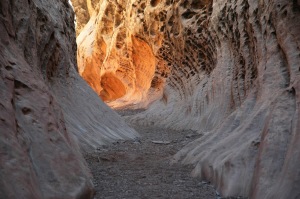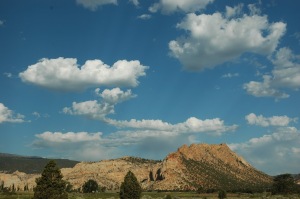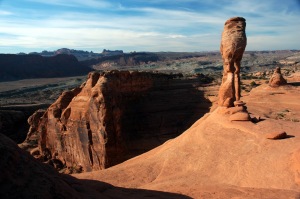This weeks fab five comes from my old stomping grounds: the Colorado Plateau.
 |
| Prof. Tom Morris (in the aquamarine shirt) standing atop Glass Mountain in Capitol Reef National Park, Utah. Glass Mountain is a large diapir of selenite. Selenite is a variety of gypsum (CaSO4•2H2O) in the form of glassy crystals. Glass Mountain formed as a result of groundwater flowing through the Entrada Sandstone. Some of the selenite collected from the region stand over a meter tall and 30 cm across. |
 |
| Boulder, Utah: quite possibly the greatest inside joke ever. |
 |
| Navajo Sandstone in Little Wildhorse Canyon, San Rafael Swell, Utah |
 |
| The Cockscomb, Teasdale, Utah |
If you have five fabulous pictures of a particularly spectacular place shoot me an email to contribute for the next Friday’s Fab Five.
![]() This work is licensed under a Creative Commons Attribution-NonCommercial-ShareAlike 4.0 International License.
This work is licensed under a Creative Commons Attribution-NonCommercial-ShareAlike 4.0 International License.

